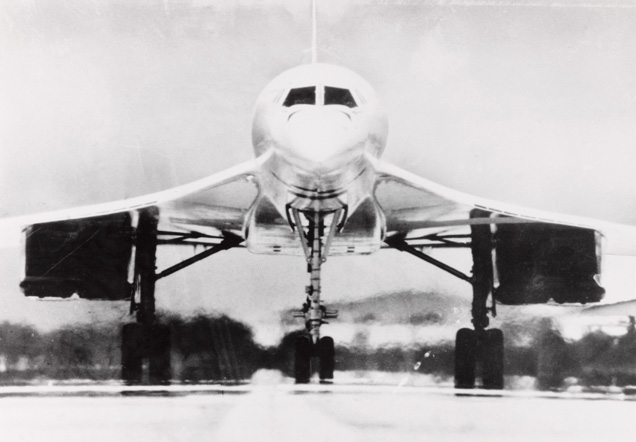Each day as part of the Great British Innovation Vote – a quest to find the greatest British innovation of the past 100 years – we’ll be picking one innovation per decade to highlight. Today, from the 1970s, it’s the turn of Concorde.
With the end of WWII came new aviation technologies, with advances in jet engine design and aerodynamic shapes allowing passengers to fly further and faster around the globe.
By 1962 the British and French governments had agreed to build a passenger aircraft able to fly at twice the speed of sound – Mach 2.0. Seven years of detailed design work later, the British prototype Concorde 002 had its maiden flight, with the aircraft reaching Mach 2.0 in November 1969. Concorde entered regular service in 1976, crossing the Atlantic in just 3 hours 50 minutes, before retiring in 2003 after 27 years of service.

To this day, Concorde is regarded by many as an aviation icon and triumph of engineering. Journalist Samira Ahmed explains here why Concorde should get your vote as the greatest British Innovation of the past 100 years:
“It had style and streamline space-age beauty. Those delta wings, that beautifully sharp, dipping nose-cone for improved pilot visibility, and Concorde was a product of Anglo-French cooperation. What could be more futuristic than that?”
One comment on “1970s: Concorde”
Comments are closed.
I saw – and heard – the Concorde take off from Heathrow in 2002. I’ll never forget it. Last month the Lufthansa magazine covered the future of supersonic travel. My random musings on the subject here: https://alisoninlondon.tumblr.com/post/42448214676/australia-to-europe-in-90-minutes.
Concorde gets my vote 🙂